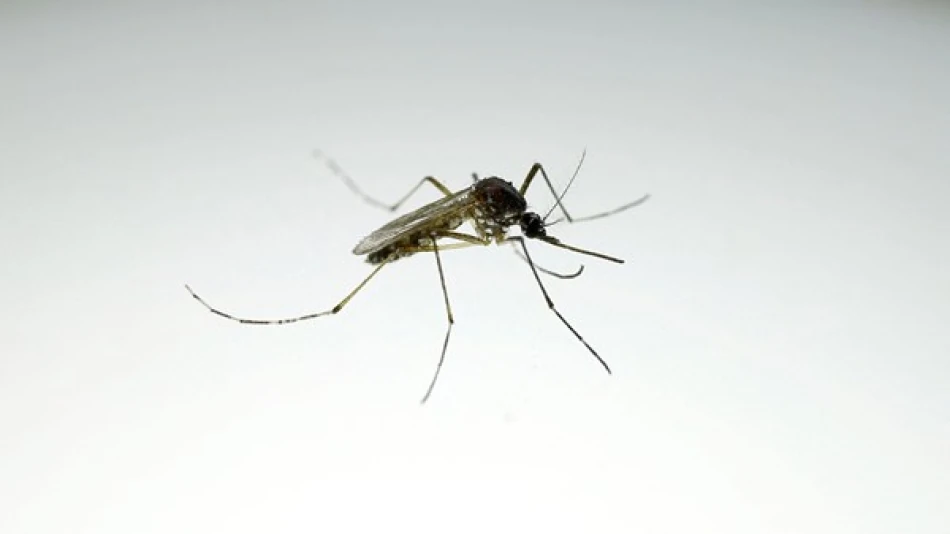
Bangladesh Battles Dengue Outbreak with Record Daily Cases and Fatalities
Bangladesh Faces Deadly Dengue Crisis as Daily Deaths Hit Record High
Bangladesh is struggling with its worst dengue fever outbreak in years, with health officials reporting the highest single-day death toll and hospital admissions of 2024. The mosquito-borne disease killed 12 people in just 24 hours while sending 740 new patients to hospitals, highlighting a growing public health crisis that's putting immense pressure on the country's healthcare system.
The Numbers Paint a Grim Picture
So far this year, dengue fever has claimed at least 179 lives across Bangladesh and infected nearly 42,000 people. These figures represent a significant escalation from earlier months, but they're still far below the devastating 2023 outbreak that killed 1,705 people and infected more than 321,000.
The disease brings brutal symptoms: severe fever, joint and limb pain, headaches, shivering, itching, and widespread skin rashes. Patients also experience swollen lymph nodes, making recovery a painful process even for those who survive.
A Double Health Threat
What makes this year particularly challenging is the simultaneous spread of chikungunya virus. While chikungunya rarely kills, it causes severe joint pain and chronic weakness that can last for months. This dual outbreak is stretching Bangladesh's medical resources thin and complicating treatment efforts.
Both diseases spread through the same Aedes mosquito species, which thrives in stagnant water and urban environments. The overlap creates a perfect storm for healthcare workers trying to diagnose and treat patients with similar symptoms.
Why Bangladesh Keeps Getting Hit
Bangladesh's geography and climate create ideal conditions for mosquito breeding. The country's dense urban areas, poor drainage systems, and monsoon seasons provide countless breeding sites for disease-carrying mosquitoes.
The 2023 outbreak was the worst in the country's recorded history, and current trends suggest 2024 could follow a similar pattern if control measures don't improve quickly.
Regional Context
Bangladesh isn't alone in this struggle. Dengue outbreaks have been increasing across South and Southeast Asia in recent years. Countries like Thailand, Vietnam, and parts of India regularly battle seasonal dengue surges, but Bangladesh's high population density and limited healthcare infrastructure make each outbreak particularly deadly.
What This Means for Public Health
The current surge puts enormous strain on Bangladesh's healthcare system, which was already stretched thin. Hospitals are filling up fast, and medical staff are working around the clock to manage the influx of patients.
For the broader region, Bangladesh's dengue crisis serves as a warning about the growing threat of vector-borne diseases. Climate change, urbanization, and inadequate sanitation systems are creating conditions where these outbreaks can spread faster and hit harder than before.
The economic impact extends beyond healthcare costs. Families lose income when breadwinners fall ill, and the fear of infection can disrupt daily life and commerce in affected areas.
The Road Ahead
Bangladesh needs immediate action on multiple fronts: better mosquito control programs, improved drainage systems, and stronger public health campaigns about prevention. But these are long-term solutions to an urgent crisis.
Right now, the focus has to be on treating patients and preventing further spread. That means more hospital beds, medical supplies, and coordinated efforts to eliminate mosquito breeding sites in urban areas.
The question isn't whether Bangladesh can handle this outbreak - it has to. The real challenge is building systems that can prevent the next one from being even worse.
Most Viewed News

 Layla Al Mansoori
Layla Al Mansoori






